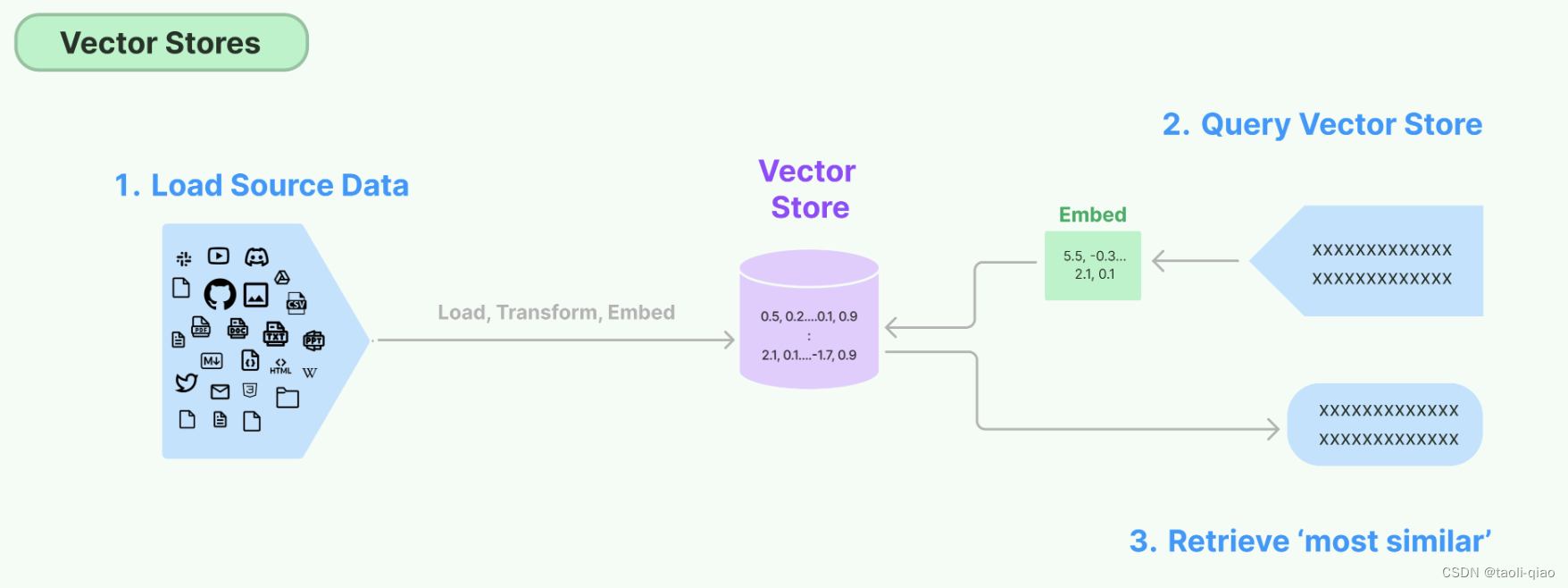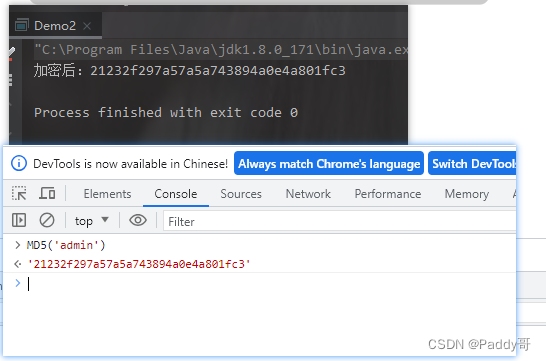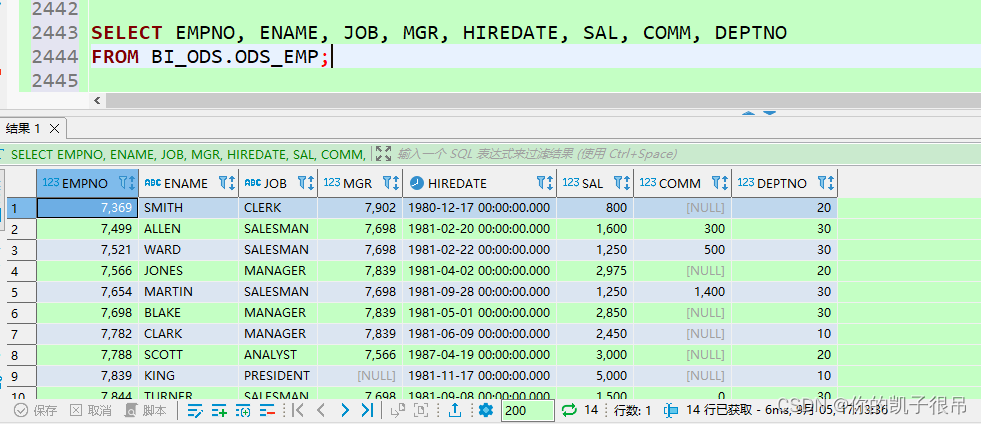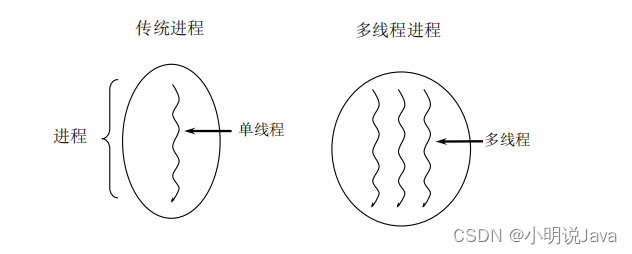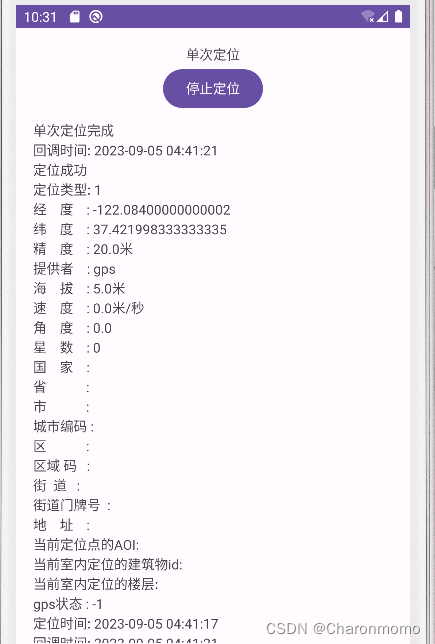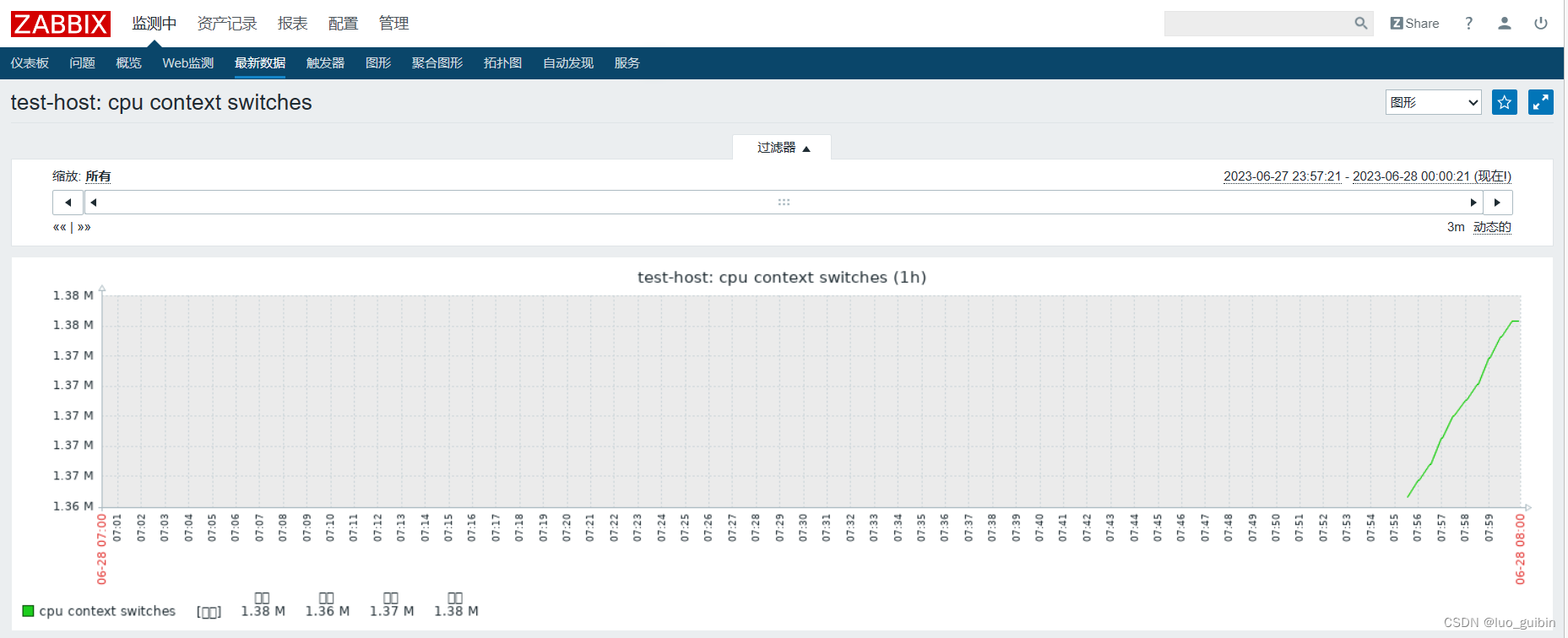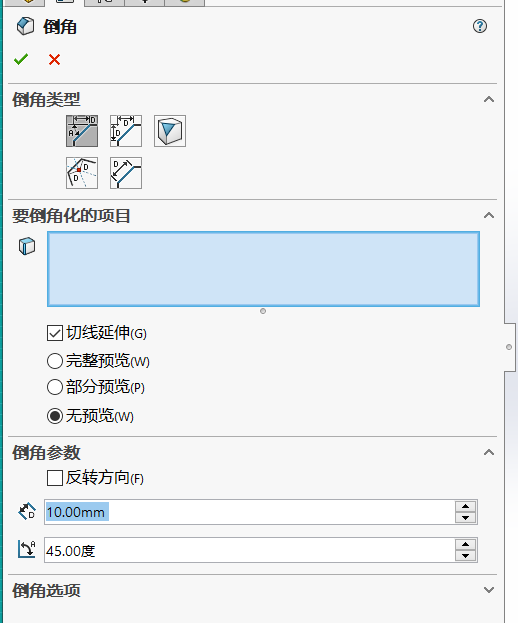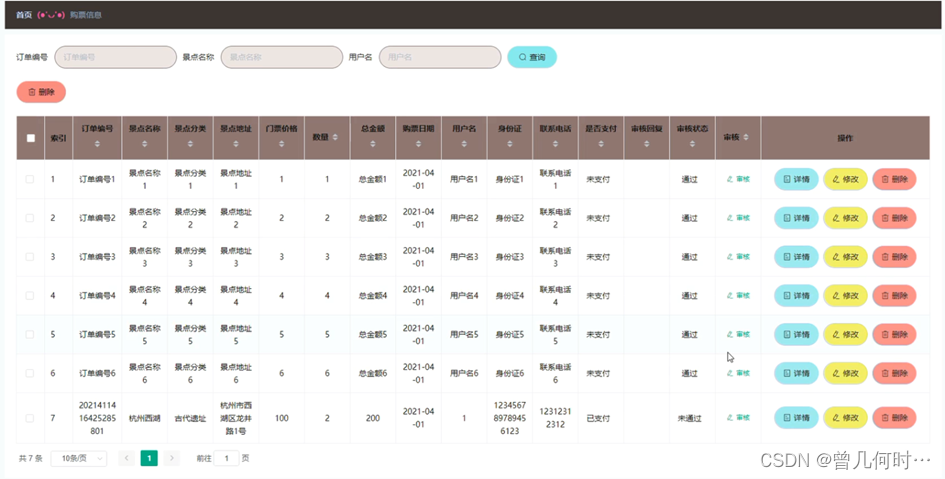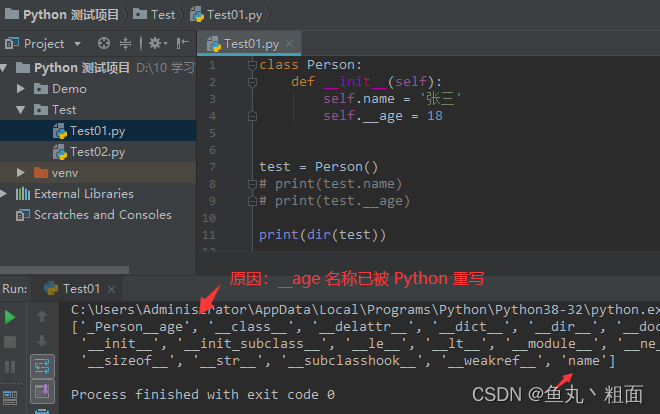1.线程池
线程池是由服务器预先创建的一组子线程,线程池中的线程数量应该和 CPU 数量差不多。线程池中的所有子线程都运行着相同的代码。当有新的任务到来时,主线程将通过某种方式选择线程池中的某一个子线程来为之服务。相比与动态的创建子线程,选择一个已经存在的子线程的代价显然要小得多。至于主线程选择哪个子线程来为新任务服务,则有多种方式:
① 主线程使用某种算法来主动选择子线程。最简单、最常用的算法是随机算法和 Round Robin(轮流选取)算法,但更优秀、更智能的算法将使任务在各个工作线程中更均匀地分配,从而减轻服务器 的整体压力。
② 主线程和所有子线程通过一个共享的工作队列来同步,子线程都睡眠在该工作队列上。当有新的任务到来时,主线程将任务添加到工作队列中。这将唤醒正在等待任务的子线程,不过只有一个子线程将获得新任务的”接管权“,它可以从工作队列中取出任务并执行之,而其他子线程将继续睡眠在工作队列上。

线程池中的线程数量最直接的限制因素是中央处理器(CPU)的处理器(processors/cores)的数量N :如果你的CPU是4-cores的,对于CPU密集型的任务(如视频剪辑等消耗CPU计算资源的任务)来说,那线程池中的线程数量最好也设置为4(或者+1防止其他因素造成的线程阻塞);对于IO密集型的任务,一般要多于CPU的核数,因为线程间竞争的不是CPU的计算资源而是IO,IO的处理一般较慢,多于cores数的线程将为CPU争取更多的任务,不至在线程处理IO的过程造成CPU空闲导致资源浪费。
- 空间换时间,浪费服务器的硬件资源,换取运行效率。
- 池是一组资源的集合,这组资源在服务器启动之初就被完全创建好并初始化,这称为静态资源。
- 当服务器进入正式运行阶段,开始处理客户请求的时候,如果它需要相关的资源,可以直接从池中获取,无需动态分配。
- 当服务器处理完一个客户连接后,可以把相关的资源放回池中,无需执行系统调用释放资源。
1.1 线程池类定义
// 线程池类,将它定义为模板类是为了代码复用,模板参数T是任务类
template<typename T>
class threadpool {
public:
/*thread_number是线程池中线程的数量,max_requests是请求队列中最多允许的、等待处理的请求的数量*/
threadpool(int thread_number = 8, int max_requests = 10000);
~threadpool();
bool append(T* request);
private:
/*工作线程运行的函数,它不断从工作队列中取出任务并执行之*/
static void* worker(void* arg);
void run();
private:
// 线程的数量
int m_thread_number;
// 描述线程池的数组,大小为m_thread_number
pthread_t * m_threads;
// 请求队列中最多允许的、等待处理的请求的数量
int m_max_requests;
// 请求队列
std::list< T* > m_workqueue;
// 保护请求队列的互斥锁
locker m_queuelocker;
// 是否有任务需要处理
sem m_queuestat;
// 是否结束线程
bool m_stop;
};1.2 线程池创建与回收
template< typename T >
threadpool< T >::threadpool(int thread_number, int max_requests) :
m_thread_number(thread_number), m_max_requests(max_requests),
m_stop(false), m_threads(NULL) {
if((thread_number <= 0) || (max_requests <= 0) ) {
throw std::exception();
}
// 线程id初始化
m_threads = new pthread_t[m_thread_number];
if(!m_threads) {
throw std::exception();
}
// 创建thread_number 个线程,并将他们设置为脱离线程。
for ( int i = 0; i < thread_number; ++i ) {
printf( "create the %dth thread\n", i);
// 循环创建线程,并将工作线程按要求进行运行
if(pthread_create(m_threads + i, NULL, worker, this ) != 0) {
delete [] m_threads;
throw std::exception();
}
// 将线程进行分离后,不用单独对工作线程进行回收
if( pthread_detach( m_threads[i] ) ) {
delete [] m_threads;
throw std::exception();
}
}
}
template< typename T >
threadpool< T >::~threadpool() {
delete [] m_threads;
m_stop = true;
}1.3 向请求队列中添加任务
通过list容器创建请求队列,向队列中添加任务时,通知互斥锁保证线程安全,添加完成后通过信号量提醒有任务要处理,最后注意线程同步。
template< typename T >
bool threadpool< T >::append( T* request )
{
// 操作工作队列时一定要加锁,因为它被所有线程共享。
m_queuelocker.lock();
// 根据硬件,预先设置请求队列的最大值
if ( m_workqueue.size() > m_max_requests ) {
m_queuelocker.unlock();
return false;
}
// 添加任务
m_workqueue.push_back(request);
m_queuelocker.unlock();
// 信号量提醒有任务要处理
m_queuestat.post();
return true;
}1.4 线程处理函数
内部访问私有成员函数run,完成线程处理
template< typename T >
void* threadpool< T >::worker( void* arg )
{
// 将参数强转为线程池类,调用成员方法
threadpool* pool = ( threadpool* )arg;
pool->run();
return pool;
}1.5 run执行任务
主要实现,工作线程从请求队列中取出某个任务进行处理,注意线程同步
template< typename T >
void threadpool< T >::run() {
while (!m_stop) {
// 信号量等待
m_queuestat.wait();
// 被唤醒后先加互斥锁
m_queuelocker.lock();
if ( m_workqueue.empty() ) {
m_queuelocker.unlock();
continue;
}
// 从请求队列中取出第一个任务
T* request = m_workqueue.front();
m_workqueue.pop_front();
m_queuelocker.unlock();
if ( !request ) {
continue;
}
// process(模板类中的方法,这里是http类)进行处理
request->process();
}
}1.6 注意事项【总结来源两猿社的最新版Web服务器项目详解 - 03 半同步半反应堆线程池(下)】
pthread_create的函数原型
#include <pthread.h>
int pthread_create (pthread_t *thread_tid,//返回新生成的线程的id
const pthread_attr_t *attr,//指向线程属性的指针,通常设置为NULL
void * (*start_routine) (void *),//处理线程函数的地址
void *arg);//start_routine()中的参数在 pthread_create函数原型中的第三个参数,为函数指针,指向处理线程函数的地址。且该函数为静态函数,所以在处理线程函数为类成员函数时,需要将其设置为静态成员函数。
// 线程池类,将它定义为模板类是为了代码复用,模板参数T是任务类
template<typename T>
class threadpool {
private:
/*工作线程运行的函数,它不断从工作队列中取出任务并执行之*/
static void* worker(void* arg);
public:
...
};【原因】
- pthread_create的函数原型中的第三个参数的类型为函数指针,指向的线程处理函数参数类型为(void *)。
- 线程函数若为类成员函数,则this指针会作为默认参数被传进函数中,无法和线程函数参数(void *)匹配,无法编译。
- 由于静态成员函数里面没有this指针,能解决线程函数参数(void*)匹配问题。
完整代码:
threadpool.h
#ifndef THREADPOOL_H
#define THREADPOOL_H
#include <list>
#include <cstdio>
#include <exception>
#include <pthread.h>
#include "locker.h"
// 线程池类,将它定义为模板类是为了代码复用,模板参数T是任务类
template<typename T>
class threadpool {
public:
/*thread_number是线程池中线程的数量,max_requests是请求队列中最多允许的、等待处理的请求的数量*/
threadpool(int thread_number = 8, int max_requests = 10000);
~threadpool();
bool append(T* request);
private:
/*工作线程运行的函数,它不断从工作队列中取出任务并执行之*/
static void* worker(void* arg);
void run();
private:
// 线程的数量
int m_thread_number;
// 描述线程池的数组,大小为m_thread_number
pthread_t * m_threads;
// 请求队列中最多允许的、等待处理的请求的数量
int m_max_requests;
// 请求队列
std::list< T* > m_workqueue;
// 保护请求队列的互斥锁
locker m_queuelocker;
// 是否有任务需要处理
sem m_queuestat;
// 是否结束线程
bool m_stop;
};
template< typename T >
threadpool< T >::threadpool(int thread_number, int max_requests) :
m_thread_number(thread_number), m_max_requests(max_requests),
m_stop(false), m_threads(NULL) {
if((thread_number <= 0) || (max_requests <= 0) ) {
throw std::exception();
}
m_threads = new pthread_t[m_thread_number];
if(!m_threads) {
throw std::exception();
}
// 创建thread_number 个线程,并将他们设置为脱离线程。
for ( int i = 0; i < thread_number; ++i ) {
printf( "create the %dth thread\n", i);
if(pthread_create(m_threads + i, NULL, worker, this ) != 0) {
delete [] m_threads;
throw std::exception();
}
if( pthread_detach( m_threads[i] ) ) {
delete [] m_threads;
throw std::exception();
}
}
}
template< typename T >
threadpool< T >::~threadpool() {
delete [] m_threads;
m_stop = true;
}
template< typename T >
bool threadpool< T >::append( T* request )
{
// 操作工作队列时一定要加锁,因为它被所有线程共享。
m_queuelocker.lock();
if ( m_workqueue.size() > m_max_requests ) {
m_queuelocker.unlock();
return false;
}
m_workqueue.push_back(request);
m_queuelocker.unlock();
m_queuestat.post();
return true;
}
template< typename T >
void* threadpool< T >::worker( void* arg )
{
threadpool* pool = ( threadpool* )arg;
pool->run();
return pool;
}
template< typename T >
void threadpool< T >::run() {
while (!m_stop) {
m_queuestat.wait();
m_queuelocker.lock();
if ( m_workqueue.empty() ) {
m_queuelocker.unlock();
continue;
}
T* request = m_workqueue.front();
m_workqueue.pop_front();
m_queuelocker.unlock();
if ( !request ) {
continue;
}
request->process();
}
}
#endif
locker.h
#ifndef LOCKER_H
#define LOCKER_H
#include <exception>
#include <pthread.h>
#include <semaphore.h>
// 线程同步机制封装类
// 互斥锁类
class locker {
public:
locker() {
if(pthread_mutex_init(&m_mutex, NULL) != 0) {
throw std::exception();
}
}
~locker() {
pthread_mutex_destroy(&m_mutex);
}
bool lock() {
return pthread_mutex_lock(&m_mutex) == 0;
}
bool unlock() {
return pthread_mutex_unlock(&m_mutex) == 0;
}
pthread_mutex_t *get()
{
return &m_mutex;
}
private:
pthread_mutex_t m_mutex;
};
// 条件变量类
class cond {
public:
cond(){
if (pthread_cond_init(&m_cond, NULL) != 0) {
throw std::exception();
}
}
~cond() {
pthread_cond_destroy(&m_cond);
}
bool wait(pthread_mutex_t *m_mutex) {
int ret = 0;
ret = pthread_cond_wait(&m_cond, m_mutex);
return ret == 0;
}
bool timewait(pthread_mutex_t *m_mutex, struct timespec t) {
int ret = 0;
ret = pthread_cond_timedwait(&m_cond, m_mutex, &t);
return ret == 0;
}
bool signal() {
return pthread_cond_signal(&m_cond) == 0;
}
bool broadcast() {
return pthread_cond_broadcast(&m_cond) == 0;
}
private:
pthread_cond_t m_cond;
};
// 信号量类
class sem {
public:
sem() {
if( sem_init( &m_sem, 0, 0 ) != 0 ) {
throw std::exception();
}
}
sem(int num) {
if( sem_init( &m_sem, 0, num ) != 0 ) {
throw std::exception();
}
}
~sem() {
sem_destroy( &m_sem );
}
// 等待信号量
bool wait() {
return sem_wait( &m_sem ) == 0;
}
// 增加信号量
bool post() {
return sem_post( &m_sem ) == 0;
}
private:
sem_t m_sem;
};
#endif

![[Spring] @Configuration注解原理](https://img-blog.csdnimg.cn/7945e7e11fb74e70ae37f18e316ff057.png)






